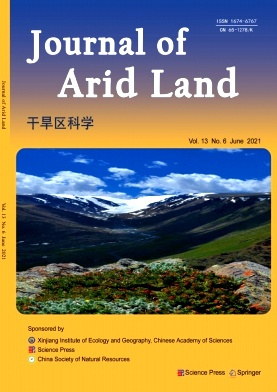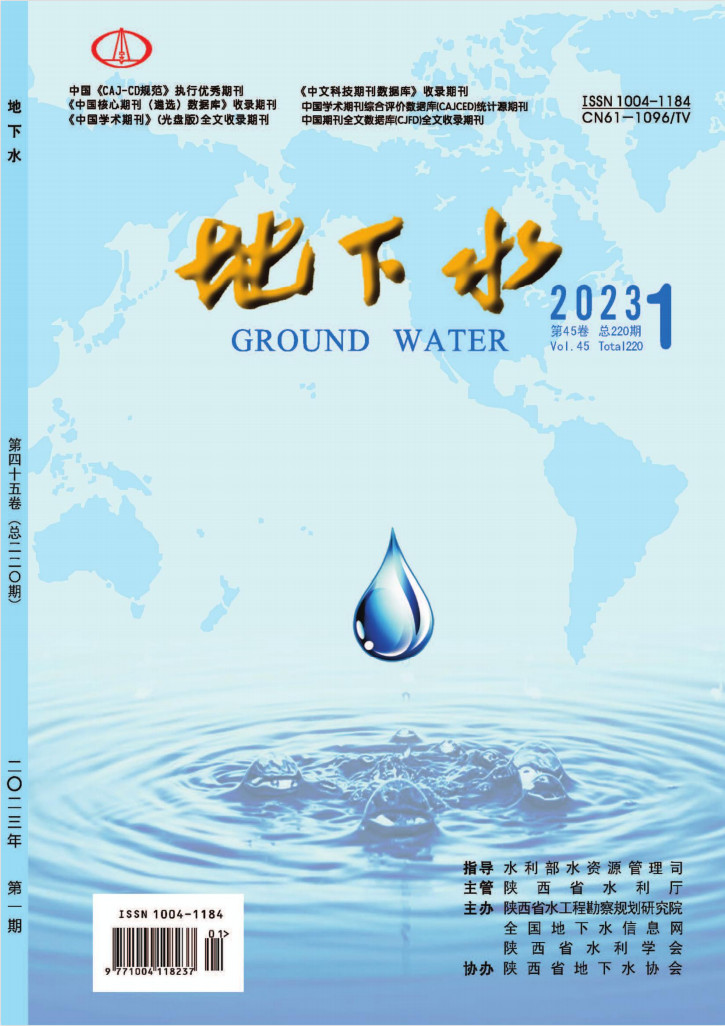Journal of Arid Land雜志是SCD期刊嗎?
來源:投稿網 2025-01-12 9:30:15
Journal of Arid Land雜志不是SCD期刊,經查詢Journal of Arid Land雜志不在最新的2023年SCD期刊目錄中。
科學引文數據庫(英文名:Science Citation Database,簡稱:SCD)是《中國大學評價》課題組獨立研發、擁有全部知識產權的國內引文數據庫。2023年最新版SCD《中國科學引文數據庫》來源期刊目錄已于2022年12月公布,共涉及14個大類學科2534本期刊,相較于去年2860本期刊,本次目錄變更巨大。根據學科分類如下:
| 理學:共收錄198本期刊 | 工學:共收錄405本期刊 |
| 農學:共88本期刊 | 醫學:共收錄209本期刊 |
| 哲學:共收錄52本期刊 | 經濟學:共收錄97本期刊 |
| 法學:共收錄281本期刊 | 教育學:共收錄142本期刊 |
| 文學:共收錄164本期刊 | 歷史學:共收錄70本期刊 |
| 管理學:共收錄172本期刊 | 藝術學:共收錄83本期刊 |
| 交叉學科:4本期刊 | 綜合學科:共收錄569本期刊 |
SCD相關問題
問:SCD期刊是核心期刊嗎?
SCD是一個相對綜合性的數據庫,有文科也有理科刊物,有核心(統指國內的五大主流核心)也有普刊。
問:SCD期刊好發嗎?
相較于CSSCI、CSCD等核心期刊,SCD期刊相對好發一些。但此次更新后,不少好發的刊物已經被剔除。
問:哪些人適合發SCD期刊?
在讀碩士、教職人員、科研人員等。
Journal of Arid Land投稿要求
Journal of Arid Land雜志投稿須知:Keywords: Immediately after the abstract, provide 3 to 7 keywords, closely related to the subject of the article. Avoid general and plural terms and multiple concepts (e.g., 'and', 'of').Introduction: Provide an adequate background. State the significance, objective and method of the research, citing necessary references, especially references of work published in the last two to three years.Study area/materials and methods: Introducing a general idea of the study area or experimental setting, the materials and methods used and the basic progress of the study. Provide sufficient detail to allow the work to be reproduced or substantiated.Methods already published should be indicated by a reference.Results: Relating the findings and results of the observation(s) and experiment(s) without interpreting their meaning. Results should be clear and concise.Discussion: Explaining all of your observations within your experiment(s). Exploring the significance of the results, but do not repeat them in the text. Stating whether each of your hypotheses are supported, rejected or if you cannot make a decision with confidence, and suggesting future studies or modifications to the same study.Conclusions: Presenting main conclusions of the study that may stand alone or creating a discussion subsection.Acknowledgements: Acknowledgements should include, if applicable, information on grants received, funding organizations, and/or recognition of people who assisted in the research or article.References: Please cite a reference to acknowledge sources of information from others’ research and results. Ensure thatevery reference cited in the text is also present in the reference list. Citation guidelines are as follows: as (Smith, 1998) for single author, as (Smith and Miller, 1999) for two authors, and as (Smith et al., 2006) for three or more authors. Groups of references should be listed first chronologically, then alphabetically. In the reference list, references should be arranged first alphabetically, then chronologically, if necessary. More than one reference from the same author(s) in the same year must be identified by the letters "a", "b", "c", etc., placed after the year of publication. Journal names should not be abbreviated.Reference examples:Articles: Ames R N, Reid C P P, Porter L K, et al. 1983. Hyphal uptake and transport of nitrogen from two 15N-labelledsources by Glomus misseae, a vesicular-arbuscular mycorrhizal fungus. New Phytologist, 95(3): 381?396.Monograph: Lambers H, Stuart Chapin ΙΙΙ F, Pons T L. 2008. Plant Physiological Ecology. 2nd ed. New York: Springer Science+Business Media, 56?64.Proceedings: Bernstein N, Kafkafi U. 2002. Root growth under salinity stress. In: Waisel Y, Eshel A, Kafkafi U. Plant Roots,the Hidden Half. New York: Marcel Dekker Press, 787?805.Electronic reference: UNESCO World Heritage Centre. 2008. Operational Guidelines for the Implementation of the WorldHeritage Convention. Paris: UNESCO World Heritage Centre. [2009-11-17].







